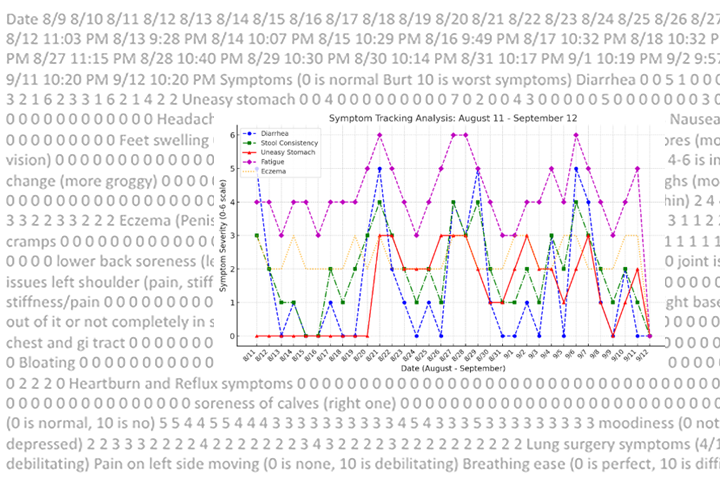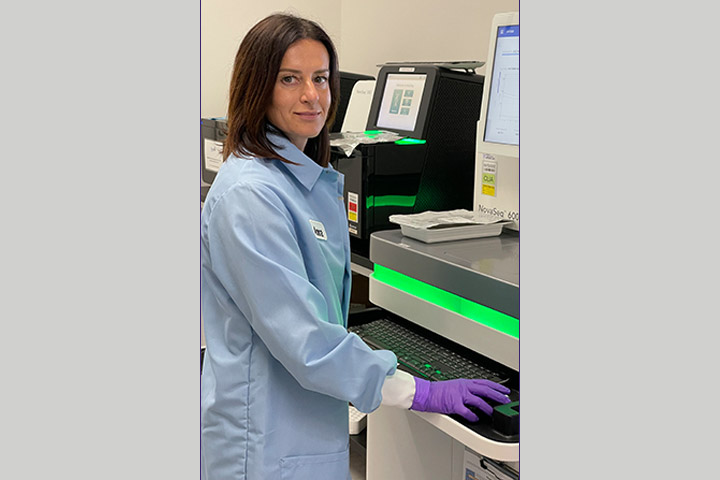New-Onset Diabetes Plus Unintentional Weight Loss Emerging as an Important Clue In Earlier Detection

Pancreatic cancer is tough to diagnose, tough to treat, and, at this point in time, tough to screen for in the general population.
Researchers know that risk factors for the disease like smoking, obesity, excessive alcohol consumption, and chronic pancreatitis can make a person more susceptible to this most lethal of malignancies. But right now, pancreatic cancer screening is only recommended for people at highest risk. That’s because this cancer is rare and screening of the general population would result in too many false positives. Plus, the technologies available now can often miss the smallest of tumors—the very ones most likely to be amenable to surgery, currently the only potential cure for the disease.
Pancreatic cancer is on the rise and is expected to become the second leading cause of cancer mortality by 2030. Unfortunately, some symptoms of the disease, like back pain or digestive difficulties, are often so vague they can mimic a host of less lethal conditions and often don’t result in further evaluation for pancreatic cancer. That’s why researchers are looking for new clues that can potentially help doctors diagnose pancreatic cancer earlier when the chance for a cure is greatest.
Looking at the Diabetes Connection
One emerging clue for earlier detection is a new-onset diabetes diagnosis accompanied by weight loss, according to a large cohort study published in JAMA Oncology in October 2020. Results showed incidence rates for pancreatic cancer were six- to 10-fold higher among participants who had recent-onset diabetes and weight loss. The risk is greatest among those patients who had a healthy weight prior to their diabetes diagnosis or were not intentionally trying to lose weight.
“We have known that there is a link between new-onset diabetes and pancreatic cancer for some time,” says senior author Brian Wolpin, M.D., M.P.H., Director of the Gastrointestinal Cancer Center at Dana-Farber Cancer Institute in Boston. “However, the vast majority of people diagnosed with diabetes as adults don’t go on to develop pancreatic cancer. Therefore, we have been looking for other factors that might help us determine who is at highest risk of pancreatic cancer after a recent diabetes diagnosis. The data show there is a subgroup of that population—those with new-onset diabetes and weight loss—that are at greater risk, and that this risk is highest among those who are older, not overweight to begin with, and not actively trying to lose weight by changing their diet or physical activity level.”
He further explains, “The results of the study are compelling, but we now need to determine whether these clinical features can allow us to diagnose pancreatic cancer earlier and without causing harm by over-testing those who don’t develop the disease. If this can be shown, then recognizing the connection between new-onset diabetes and weight loss with pancreatic cancer may have a significant effect on earlier detection.”
What the Study Showed
Wolpin and colleagues looked at data from 112,818 women in the Nurses’ Health Study and 46,207 men enrolled in the Health Professionals Follow-Up Study.
- 1,116 incident cases of pancreatic cancers were identified—an incident rate of 25 per 100,000.
- Incident cases of pancreatic cancer per 100,000 person-years ranged from 16 cases for patients with neither recent-onset diabetes nor weight loss to 91 incident cases for those with recent-onset diabetes and a weight loss of 1 to 8 lbs. and 164 cases to those with recent-onset diabetes and a weight loss of more than 8 lbs.
- Incidence rates were increased even more among participants with recent-onset diabetes and weight loss among those who had a body mass index of less than 25 kg/m2 before weight loss. A body mass index of 25 is considered the high end of normal weight. Among this group there were 400 incident cases per 100,000 person-years. Incidence rates were also higher among those whose weight loss was not intentional, judging from changes in physical activity or healthier dietary choices—334 incident cases per 100,000 person-years, according to the researchers.
- Pancreatic cancer incidence is known to increase with age. Higher incidence rates were also found in individuals age 70 years or older, with 234 incident cases per 100,000 person-years with recent-onset diabetes and weight loss.
“What the data show is that diabetes is an independent risk factor for pancreatic cancer and it increases risk modestly. The same goes for weight loss,” Wolpin notes. “But when weight loss occurred within a similar timeframe as a recent diagnosis of diabetes, the risk of pancreatic cancer became more substantial, with a six-fold increase. The incidence rate became more elevated when individuals were older and were at a healthy weight before weight loss. We looked at people who had a normal BMI because we hypothesized weight loss among this group was probably unintentional, as this group is less likely to be trying to lose weight to get healthier.”
To help examine the weight loss in more detail, the researchers also looked at dietary and exercise patterns among participants. The research team created what they called a composite index of physical activity and dietary patterns. “If a person was exercising more and eating healthier, we hypothesized that weight loss was more likely due to those factors, not an underlying cancer,” Wolpin says. He explains that incidence rates were again higher when a patient’s index of physical activity and diet suggested that the weight loss was unintentional. Specifically, they were losing weight, but were not exercising more or eating healthier to explain the weight loss.” Thus, this additional work was designed to help researchers better understand the “intention” of the weight loss and whether unintentional weight loss should be more of a red flag to doctors. “We think that new-onset diabetes and weight loss are symptoms of an underlying pancreatic cancer that hasn’t yet been diagnosed and could serve as an early signal to doctors and patients to pursue an evaluation for pancreatic cancer. However, further work remains to be done to show that early diagnosis can actually be achieved using these signals” Wolpin adds.
What’s Next
Large prospective studies are needed to determine whether recent-onset diabetes, unintentional weight loss, and an age of 50+ should result in patient surveillance, Wolpin says. “One of the messages we want to get out is that an early diagnosis of pancreatic cancer doesn’t happen that often, so we want doctors to be more aware of the association between new-onset diabetes and weight loss,” he adds. “Some symptoms of the disease like jaundice are going to result in further evaluation. However, most patients won’t develop this symptom early in the disease course. Hopefully, clinicians will start to recognize that new-onset diabetes and weight loss is something that might warrant more evaluation too, depending on the circumstances of the individual patient.”
Ultimately, though, “We need to prove that an intervention based on these symptoms improves outcomes, without causing harm by over-testing in those who don’t go on to develop pancreatic cancer,” Wolpin says. Which is why he thinks studies being done through the Pancreatic Cancer Action Network (PanCAN) Early Detection Initiative and the Pancreatic Cancer Detection Consortium (PCDC), an early detection consortium that includes the National Institutes of Health, the National Cancer Institute, and the National Institute of Diabetes and Digestive and Kidney Diseases are vital.
“A lot of adults get diabetes, but few get pancreatic cancer. So, what we need to find out is who among that group is going to get pancreatic cancer,” Wolpin says. “These studies can help us find the answers we need to diagnose pancreatic cancer earlier among these patients.”
Let’s Win will be discussing the studies associated with PanCAN’s Early Detection Initiative and the National Institute of Diabetes and Digestive and Kidney Diseases in our next Research feature story.






